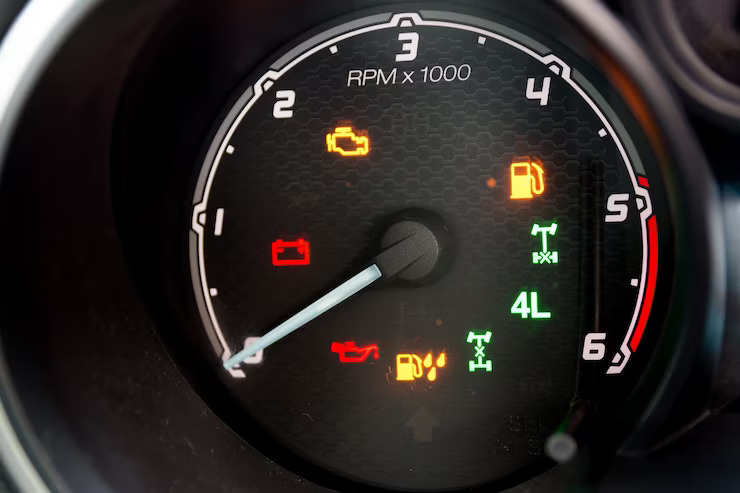The fuel filter plays a crucial role in keeping your vehicle’s fuel system clean and free from contaminants. It ensures that only clean fuel reaches the engine, protecting it from potential damage. Many modern vehicles are equipped with a Fuel Filter Warning Light on the dashboard to alert you when there is a problem with the fuel filter. In this article, we will discuss the importance of fuel filter maintenance, the signs of a clogged fuel filter, and the steps for its replacement.
Importance of Fuel Filter Maintenance:
The fuel filter is responsible for trapping dirt, debris, and other impurities that may be present in the fuel. Over time, these contaminants can accumulate in the filter, reducing its effectiveness and potentially causing issues with the fuel system. Regular fuel filter maintenance is essential to ensure optimal engine performance, fuel efficiency, and to prevent damage to fuel injectors and other components.
Signs of a Clogged Fuel Filter:
- Decreased Performance: A clogged fuel filter can restrict the flow of fuel to the engine, resulting in reduced performance. You may notice a decrease in power, sluggish acceleration, or engine sputtering.
- Engine Misfires: Insufficient fuel flow caused by a clogged fuel filter can lead to engine misfires. If you experience frequent or persistent misfires, it may be a sign of a clogged fuel filter.
- Difficulty Starting: A clogged fuel filter can make it challenging for the engine to start, especially after the vehicle has been sitting for a while. You may notice extended cranking before the engine finally starts.
- Stalling: In severe cases, a clogged fuel filter can cause the engine to stall, especially when idling or driving at low speeds. This is because the engine is not receiving enough fuel to maintain a steady operation.
Replacing the Fuel Filter:
- Consult the Owner’s Manual: Refer to your vehicle’s owner’s manual for the specific location of the fuel filter and the manufacturer’s recommended replacement interval.
- Gather the Necessary Tools: Typically, replacing a fuel filter requires basic tools such as wrenches, pliers, and a container to catch any fuel that may spill.
- Relieve Fuel Pressure: Before removing the fuel filter, relieve the fuel pressure by locating the fuel pump relay or fuse and disconnecting it. Start the engine and let it run until it stalls to ensure the fuel pressure is released.
- Remove the Old Fuel Filter: Using the appropriate tools, disconnect the fuel lines from the fuel filter. Take note of the orientation of the fuel filter to ensure correct installation of the new one.
- Install the New Fuel Filter: Install the new fuel filter in the correct orientation, ensuring that the fuel flow direction is correct. Reconnect the fuel lines securely.
- Test for Leaks: Start the engine and carefully inspect the area around the new fuel filter for any fuel leaks. If there are no leaks, turn off the engine and reinstall the fuel pump relay or fuse.
Regular fuel filter maintenance and replacement will help ensure the longevity and efficiency of your vehicle’s fuel system. It is important to follow the manufacturer’s recommended maintenance schedule and replace the fuel filter at the recommended intervals. If you are unsure about the location or replacement procedure of the fuel filter, consult a professional mechanic or refer to a repair manual specific to your vehicle.
The Fuel Filter Warning Light serves as a reminder of the importance of maintaining a clean fuel system. By recognizing the signs of a clogged fuel filter and promptly replacing it when needed, you can maintain optimal engine performance and prevent potential fuel-related issues. Regular fuel filter maintenance is a small but significant step in ensuring the reliability and longevity of your vehicle.











